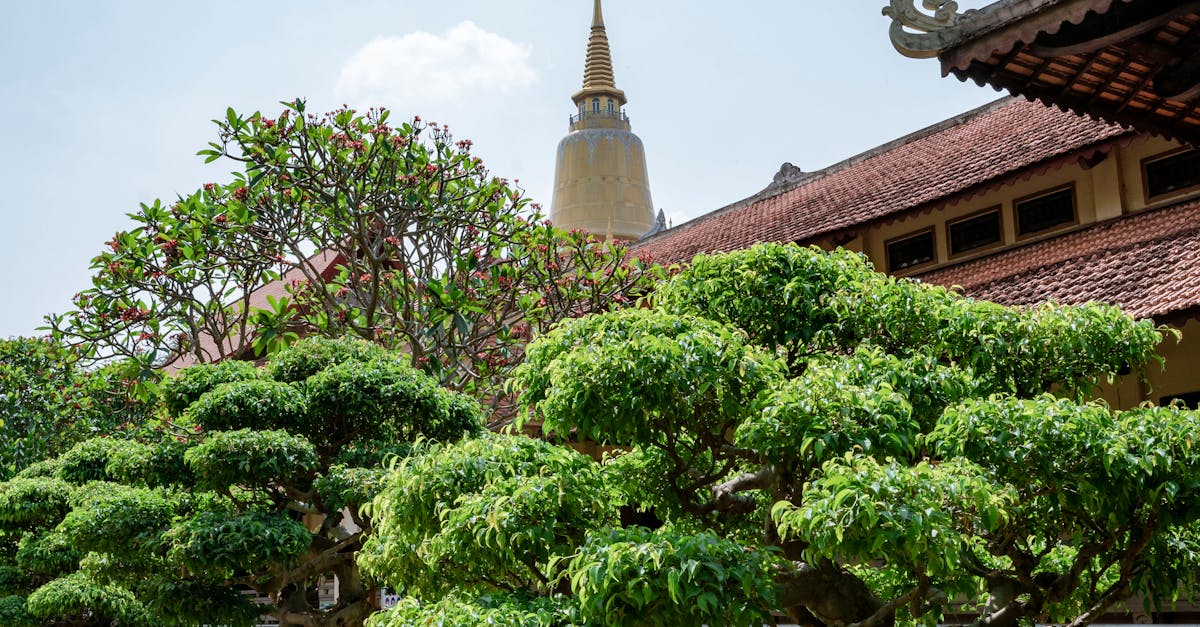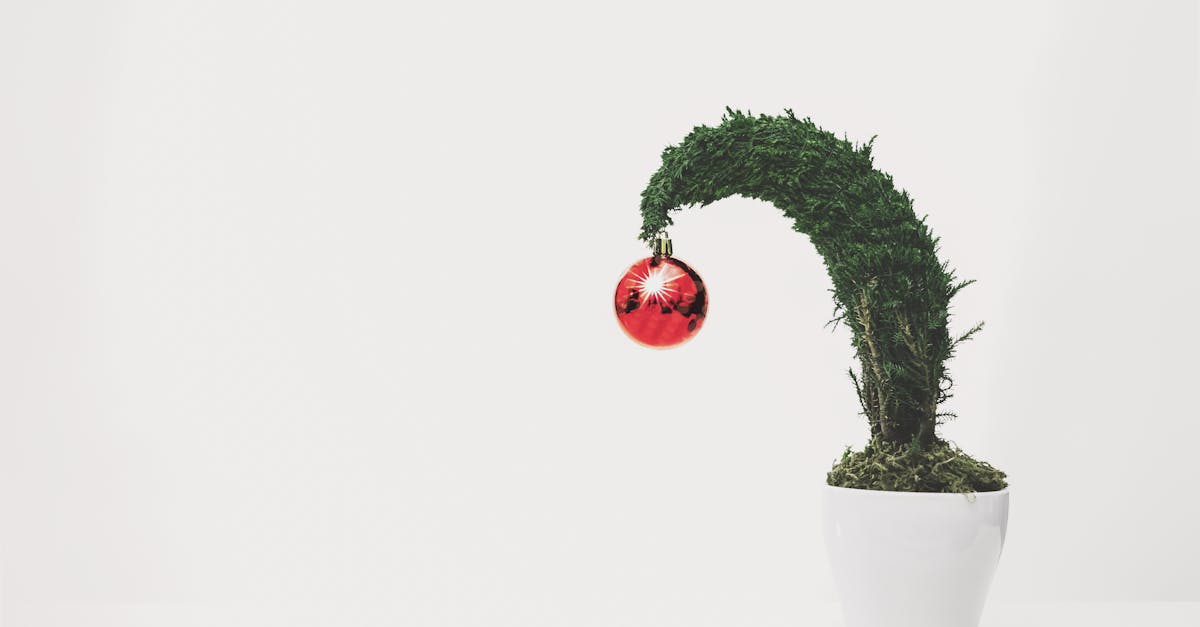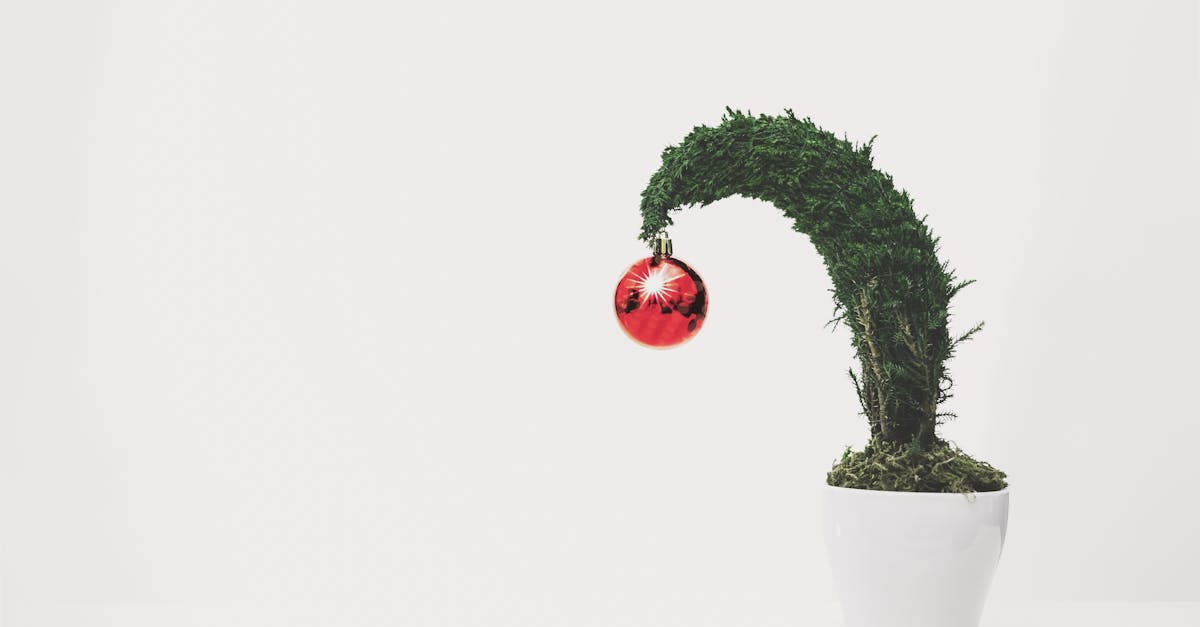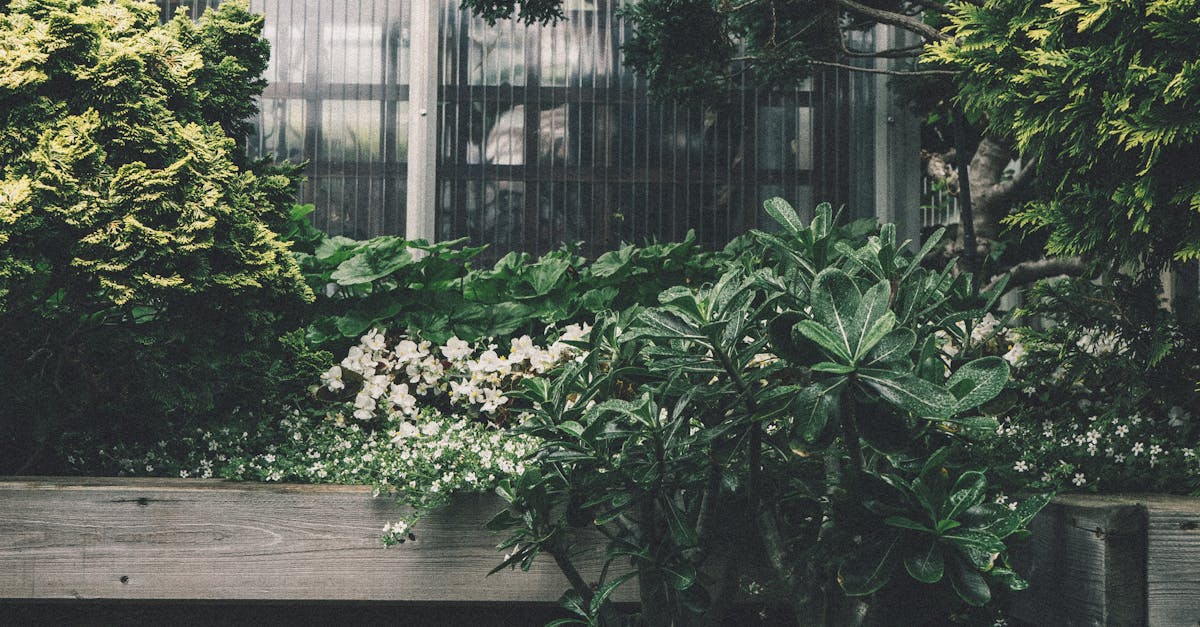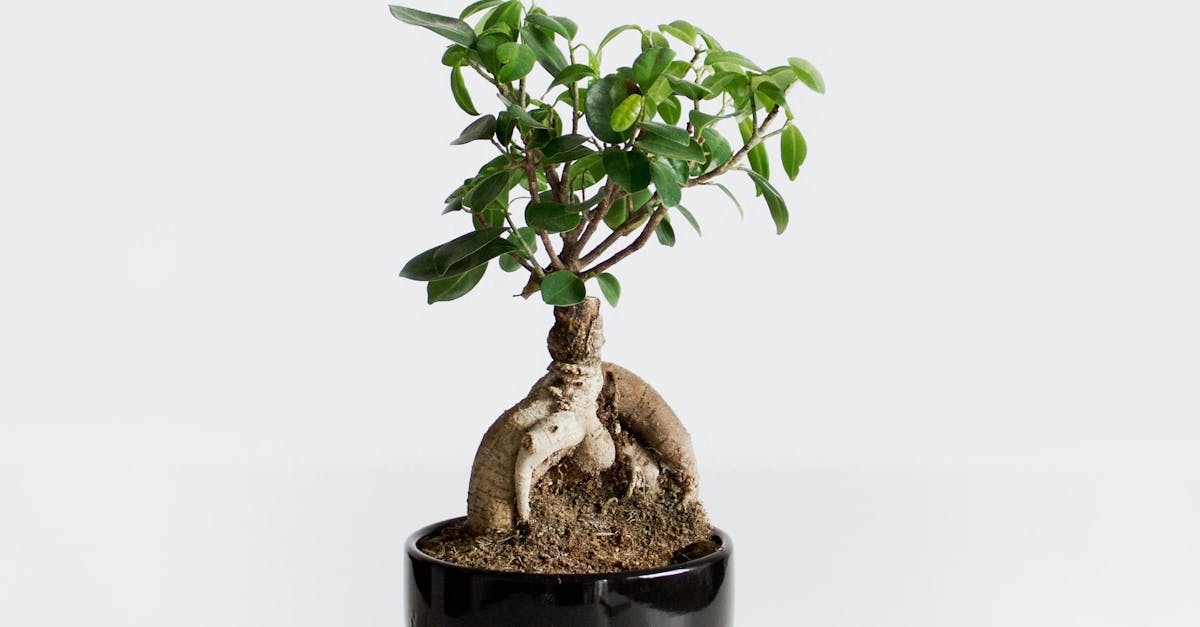Nature’s Poetry in Miniature: Unveiling the Enchanting Art of Chinese Penjing
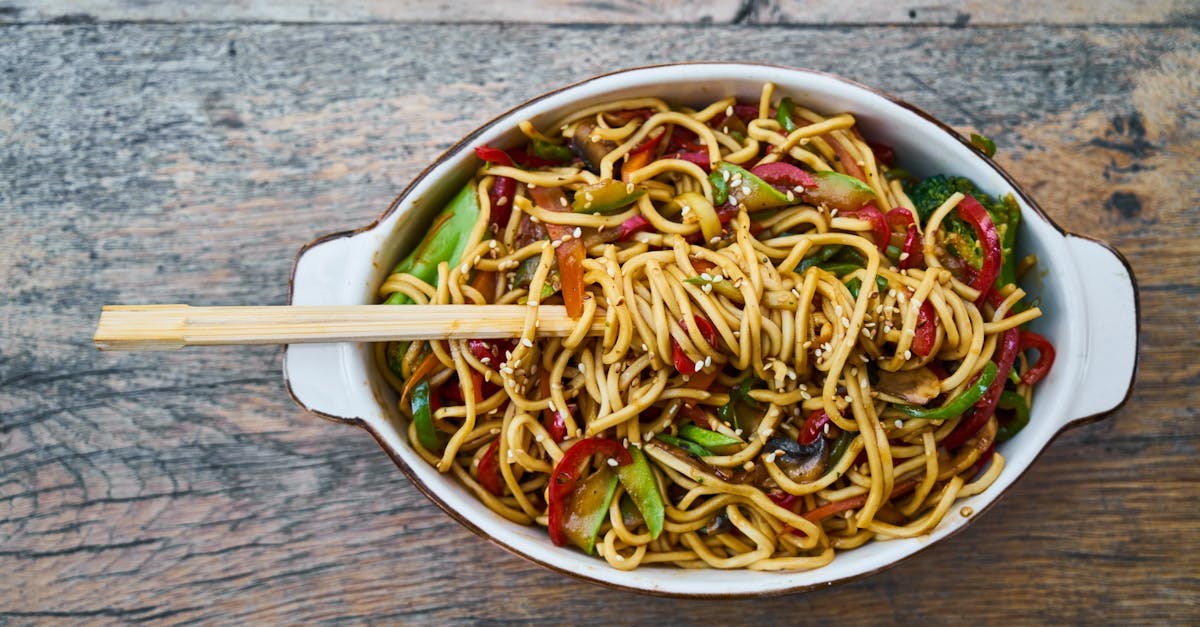
Immerse yourself in the captivating world of Chinese Penjing, an ancient art form that transforms miniature landscapes into living masterpieces. Rooted in centuries-old traditions, Penjing embodies the harmonious fusion of horticulture and artistry, reflecting the profound philosophies of Taoism and Buddhism. This article takes you on an enchanting journey through the history, elements, techniques, cultural significance, and contemporary adaptations of Penjing. Prepare to be captivated by the beauty and tranquility that emanate from these exquisite miniature landscapes.
1. Origins and History of Penjing
Delve into the captivating origins and history of Penjing, an ancient Chinese art form that has captivated nature enthusiasts for centuries. With roots in Chinese horticulture, Penjing emerged as a refined art form during the Tang Dynasty (618-907 AD), influenced by the philosophical principles of Taoism and Buddhism. Taoist beliefs in harmony and balance laid the foundation for Penjing’s emphasis on creating miniature landscapes that reflect the grandeur of nature in a condensed form. Buddhist monks also played a significant role in the development of Penjing, incorporating it into their temple gardens and using it as a tool for meditation and contemplation.
As Penjing gained popularity among scholars and literati during the Song Dynasty (960-1279 AD), it evolved into a sophisticated art form with its own distinct styles and techniques. Imperial patronage played a crucial role in fostering the development of Penjing, with emperors commissioning elaborate Penjing landscapes for their palaces and gardens. Over the centuries, Penjing has continued to flourish, with contemporary artists pushing the boundaries of this ancient art form and incorporating it into modern and contemporary art practices.
Influence of Taoist and Buddhist Beliefs
Penjing draws its philosophical underpinnings from the ancient Chinese traditions of Taoism and Buddhism, which emphasize harmony, balance, and the interconnectedness of all living things. Taoist principles of yin and yang, representing opposing yet complementary forces, guide the creation of Penjing landscapes. Artists strive to achieve a delicate equilibrium between these forces, creating a sense of unity and completeness within the miniature world.
Buddhist influences are evident in the use of Penjing as a meditative tool and a reflection of the natural world. Penjing landscapes often incorporate elements of Buddhist symbolism, such as mountains representing the path to enlightenment and water features symbolizing the flow of life. The practice of Penjing cultivation itself is seen as a form of meditation, allowing the artist to connect with nature and find inner peace.
Incorporating these philosophical beliefs, Penjing artists strive to create landscapes that not only mimic the external beauty of nature but also embody the profound principles of harmony, balance, and spiritual enlightenment.
Imperial Patronage and Artistic Flourishing
Imperial patronage played a pivotal role in the development and refinement of Penjing during China’s dynasties. Emperors and members of the imperial court were avid collectors and connoisseurs of Penjing, commissioning elaborate landscapes for their palaces and gardens. This patronage provided a fertile environment for artists to experiment with new techniques and styles, leading to the flourishing of Penjing as an art form.
During the Tang Dynasty (618-907 AD), Emperor Xuanzong was a renowned patron of Penjing and established a dedicated imperial garden for their cultivation. This imperial patronage set a precedent for subsequent dynasties, with emperors vying to outdo their predecessors in the grandeur and sophistication of their Penjing collections.
The Song Dynasty (960-1279 AD) marked a golden age for Penjing, with scholars and literati embracing the art form and developing refined styles and techniques. Emperor Huizong was a particularly ardent patron, commissioning a vast collection of Penjing landscapes and writing extensively on their aesthetics and symbolism. This imperial support fostered a flourishing of artistic innovation and led to the establishment of Penjing as a respected art form in its own right.
2. Elements and Composition of Penjing

The essential elements of a Penjing landscape include plants, rocks, and water features, carefully arranged to create a harmonious and balanced composition. Plant selection is of utmost importance, with species chosen for their aesthetic qualities, symbolism, and ability to thrive in miniature environments. Common plant choices include trees, shrubs, and mosses, which are shaped and pruned to create desired forms and textures.
Rocks play a crucial role in Penjing landscapes, representing mountains, cliffs, and other natural formations. Their placement and arrangement contribute to the overall balance and depth of the composition. Rocks are often selected for their shape, texture, and color, and may be weathered or carved to enhance their aesthetic appeal.
Water features, such as rivers, lakes, and waterfalls, add a dynamic element to Penjing landscapes. They represent the flow of life and energy, and can create a sense of serenity and movement. Water features are carefully positioned and shaped to complement the other elements of the composition, creating a cohesive and visually appealing miniature world.
Plant Selection and Symbolism
Plant selection in Penjing is not only guided by aesthetic considerations but also by the symbolic meanings associated with different species. Plants are chosen to represent specific qualities, virtues, or elements of nature, adding depth and resonance to the miniature landscape. For example, pine trees symbolize longevity, strength, and resilience, while bamboo represents flexibility and adaptability.
Other commonly used plants in Penjing include flowering plants, such as orchids and azaleas, which bring color and vibrancy to the composition. Bonsai enthusiasts also use fruit-bearing trees, such as miniature citrus trees, to create a sense of abundance and prosperity. The choice of plants is ultimately determined by the artist’s intention and the desired mood or atmosphere of the Penjing landscape.
By incorporating plants with symbolic meanings, Penjing artists create miniature worlds that transcend mere aesthetics and become expressions of cultural values, philosophical beliefs, and the interconnectedness of all living things.
Rocks and Water: Naturalistic Elements
Rocks and water are essential elements in Penjing landscapes, playing a crucial role in creating a sense of depth, realism, and visual interest. Rocks represent mountains, cliffs, and other natural formations, and their placement and arrangement contribute to the overall balance and composition of the Penjing. Rocks are often selected for their shape, texture, and color, and may be weathered or carved to enhance their aesthetic appeal.
Water features, such as rivers, lakes, and waterfalls, add a dynamic element to Penjing landscapes, representing the flow of life and energy. They can create a sense of serenity and movement, and are carefully positioned and shaped to complement the other elements of the composition. Water features can also be used to create the illusion of depth and distance, making the Penjing landscape appear larger and more expansive.
Together, rocks and water create a naturalistic environment within the Penjing, evoking the beauty and diversity of the natural world. They provide a foundation for the plants and other elements of the composition, and help to create a harmonious and balanced miniature landscape.
3. Techniques and Styles of Penjing
Penjing artists employ a wide range of techniques and styles to create their miniature landscapes, each with its own distinct aesthetic principles and characteristics. Some of the most common techniques include pruning, wiring, and grafting, which are used to shape and control the growth of plants. Artists also use a variety of tools and materials to create realistic and visually appealing landscapes, such as rocks, water features, and miniature buildings.
Different styles of Penjing have evolved over the centuries, reflecting the diverse cultural and artistic influences on this art form. Literati Penjing, for example, is known for its sparse compositions and emphasis on simplicity and elegance, while Mame Penjing focuses on creating miniature landscapes in very small containers. Other popular styles include Landscape Penjing, which aims to recreate famous or imagined landscapes in miniature, and Forest Penjing, which features multiple trees arranged to resemble a natural forest.
Contemporary Penjing artists continue to push the boundaries of this ancient art form, experimenting with new techniques and styles to create innovative and unique works. By combining traditional techniques with modern materials and design principles, they are creating Penjing landscapes that are both visually stunning and deeply rooted in the history and traditions of this art form.
Literati Penjing: Scholarly Expression
Literati Penjing, also known as Scholar’s Penjing, is a refined and elegant style of Penjing that emerged during the Song Dynasty (960-1279 AD) in China. It is characterized by sparse compositions, subtle symbolism, and a focus on creating a sense of harmony and balance. Literati Penjing artists often use simple and natural materials, such as rocks, water, and a few carefully chosen plants, to create landscapes that evoke a sense of tranquility and contemplation.
Literati Penjing is deeply influenced by Chinese philosophy and aesthetics, particularly the principles of Confucianism and Taoism. Confucianism emphasizes the importance of education, morality, and social harmony, while Taoism values simplicity, humility, and living in harmony with nature. These principles are reflected in the sparse compositions and understated elegance of Literati Penjing landscapes.
Literati Penjing is often used to express the artist’s personal thoughts and feelings, and to create a sense of connection with the natural world. The choice of plants and materials, as well as the overall composition of the landscape, can convey a variety of messages and emotions. For example, a Literati Penjing landscape featuring a single pine tree might symbolize resilience and longevity, while a landscape with a winding path and a small bridge might suggest a journey or a search for enlightenment.
Miniature Penjing: Tiny Worlds
Miniature Penjing, also known as Mame Penjing, is the art of creating tiny Penjing landscapes in containers that are no larger than a few inches in diameter. These miniature landscapes capture the beauty and essence of nature in compact form, and require a high level of skill and patience to create. Miniature Penjing artists use a variety of techniques to create their tiny landscapes, including pruning, wiring, and grafting, and often work with very small plants and materials.
The origins of Miniature Penjing can be traced back to the Song Dynasty (960-1279 AD) in China, when literati scholars began to create small Penjing landscapes as a way to express their personal thoughts and feelings. Miniature Penjing became increasingly popular during the Ming Dynasty (1368-1644 AD), and remains a popular art form today.
Miniature Penjing landscapes can be created in a variety of styles, including Literati, Landscape, and Forest Penjing. Literati Miniature Penjing are characterized by their sparse compositions and subtle symbolism, while Landscape Miniature Penjing aim to recreate famous or imagined landscapes in miniature. Forest Miniature Penjing feature multiple trees arranged to resemble a natural forest. Regardless of the style, Miniature Penjing landscapes are all works of art that showcase the beauty and diversity of the natural world in compact form.
4. Appreciation and Preservation of Penjing

Penjing is not only an art form but also a cultural and philosophical practice that has been cherished in China for centuries. It is a way of bringing nature indoors and creating a harmonious and balanced microcosm of the natural world. Penjing landscapes are often used for meditation and contemplation, and are believed to promote good luck and fortune.
In recent years, there has been a growing interest in Penjing around the world, and its influence can be seen in a variety of contemporary art forms, such as landscape architecture, painting, and sculpture. Penjing artists are also experimenting with new techniques and materials, creating innovative and unique works that push the boundaries of this ancient art form.
Despite its growing popularity, Penjing faces a number of challenges, including the loss of traditional skills and knowledge, and the destruction of natural habitats. However, there are a number of organizations and individuals working to preserve and promote Penjing, and to ensure that this ancient art form continues to thrive for generations to come.
Penjing as a Symbol of Harmony
Penjing is more than just a beautiful art form; it is also a powerful symbol of harmony between humans and nature. In Chinese culture, Penjing is seen as a microcosm of the natural world, and creating a Penjing landscape is seen as a way of bringing the beauty and balance of nature indoors. Penjing landscapes often feature elements such as mountains, water, and trees, which represent the different elements of the natural world. By creating a harmonious and balanced Penjing landscape, the artist is expressing their desire to live in harmony with nature.
Penjing is also a symbol of the Confucian virtue of ren, which means benevolence or humaneness. Ren is the highest virtue in Confucianism, and it encompasses a wide range of qualities, including kindness, compassion, and respect for others. Penjing artists strive to embody the virtue of ren in their work by creating landscapes that are not only beautiful but also peaceful and harmonious.
Penjing is a reminder that we are all part of the natural world, and that we should strive to live in harmony with nature. By appreciating and preserving Penjing, we can help to promote a more harmonious and sustainable world.
Conservation and Preservation Efforts
Penjing is a living tradition that has been passed down through generations, and it is important to preserve this heritage for future generations. However, Penjing faces a number of challenges, including the loss of traditional skills and knowledge, the destruction of natural habitats, and the increasing popularity of artificial plants and landscapes.
There are a number of organizations and individuals working to preserve and promote Penjing. These organizations are working to document traditional Penjing techniques, train new artists, and protect natural habitats. They are also working to raise awareness of Penjing and its cultural significance.
One of the most important ways to preserve Penjing is to support the work of these organizations. You can also help to preserve Penjing by purchasing Penjing landscapes from reputable sources, and by learning more about the art form and its history.
5. Penjing in Modern and Contemporary Art
Penjing has had a significant influence on contemporary art, and artists are increasingly using Penjing techniques and principles in their work. Penjing can be seen in a variety of contemporary art forms, including installations, sculptures, and paintings.
One of the most popular ways that artists are using Penjing is in the creation of installations. Installations are large-scale works of art that are often site-specific. Artists use Penjing techniques to create installations that are both beautiful and thought-provoking. For example, the artist Xu Bing created an installation called “Tobacco Project” which features 100 miniature Penjing landscapes made from tobacco plants.
Artists are also using Penjing techniques to create sculptures. Sculptures are three-dimensional works of art that are often made from materials such as wood, metal, or stone. Artists use Penjing techniques to create sculptures that are both realistic and abstract. For example, the artist Ai Weiwei created a sculpture called “Penjing” which is made from a large piece of wood that has been carved to resemble a miniature landscape.
Penjing is also having an influence on painting. Artists are using Penjing techniques to create paintings that are both realistic and abstract. For example, the artist Liu Dan created a painting called “Penjing” which depicts a miniature landscape in a traditional Chinese style.
Penjing and Landscape Architecture
Penjing principles have had a significant influence on modern landscape design and garden art. Landscape architects and garden designers are increasingly using Penjing techniques to create landscapes that are both beautiful and harmonious.
One of the most important ways that Penjing principles are being used in landscape design is in the creation of miniature landscapes. Miniature landscapes are small-scale landscapes that are often created in containers. Landscape architects and garden designers use Penjing techniques to create miniature landscapes that are both realistic and abstract. For example, the landscape architect Wang Shu created a miniature landscape called “The Cloud Terrace” which features a series of small mountains and valleys that are planted with a variety of trees and shrubs.
Penjing principles are also being used to create larger-scale landscapes. Landscape architects and garden designers are using Penjing techniques to create landscapes that are both beautiful and functional. For example, the landscape architect Kongjian Yu created a park called the “Beijing Garden Expo Park” which features a variety of Penjing-inspired landscapes, including a miniature forest and a series of artificial mountains.
Penjing as Inspiration in Other Art Forms
Penjing aesthetics have inspired artists in a variety of fields, including painting, photography, and installation art. Artists are drawn to the beauty and harmony of Penjing landscapes, and they use Penjing principles to create their own unique works of art.
In painting, artists are using Penjing aesthetics to create both realistic and abstract works of art. For example, the painter Qi Baishi created a painting called “Penjing” which depicts a realistic miniature landscape. The painter Zhang Daqian created a painting called “Abstract Penjing” which depicts an abstract interpretation of a Penjing landscape.
In photography, artists are using Penjing aesthetics to create beautiful and evocative images. For example, the photographer Wang Ning created a series of photographs called “Penjing Landscapes” which capture the beauty of Penjing landscapes from different perspectives. The photographer Li Wei created a series of photographs called “Abstract Penjing” which explore the abstract qualities of Penjing landscapes.
In installation art, artists are using Penjing aesthetics to create immersive and interactive works of art. For example, the artist Cai Guo-Qiang created an installation called “Penjing” which features a large-scale miniature landscape that is made from a variety of materials, including plants, rocks, and water. The artist Xu Bing created an installation called “Tobacco Project” which features 100 miniature Penjing landscapes that are made from tobacco plants.
What is the difference between Penjing and Bonsai?
Penjing and Bonsai are both miniature landscapes, but there are some key differences between the two art forms. Penjing is a Chinese art form that has been practiced for centuries, while Bonsai is a Japanese art form that developed in the 19th century. Penjing landscapes are typically larger and more elaborate than Bonsai landscapes, and they often include elements such as rocks, water, and buildings. Bonsai landscapes are typically smaller and more naturalistic, and they focus on the beauty of the individual tree or plant.
How do I care for a Penjing landscape?
Penjing landscapes require regular care and maintenance. This includes watering, fertilizing, and pruning the plants, as well as cleaning the rocks and water features. The specific care requirements will vary depending on the type of plants and materials used in the landscape. It is important to consult with a qualified Penjing artist or expert for specific care instructions.
Where can I learn more about Penjing?
There are a number of resources available to learn more about Penjing. There are books, websites, and workshops dedicated to the art form. There are also a number of Penjing clubs and societies around the world where you can meet other Penjing enthusiasts and learn from experienced artists.

